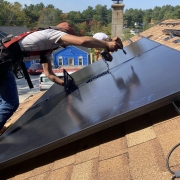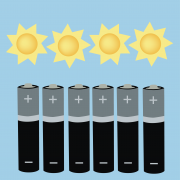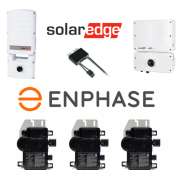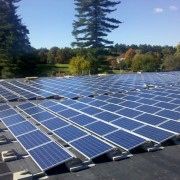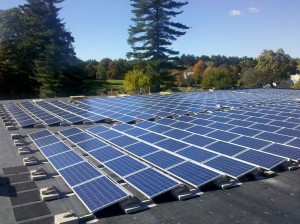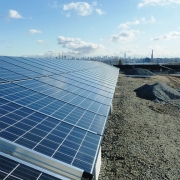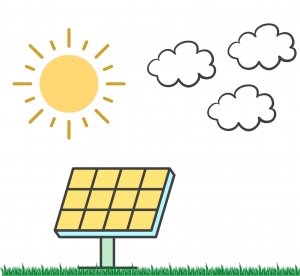What are Renewable Energy Certificates?
In Massachusetts, Solar Renewable Energy Certificates (RECs) are a key component of the state’s renewable energy program, particularly for homeowners who install solar panels. Here’s a breakdown of how they work:
- Generating Solar Power: When a homeowner installs a solar energy system (from SGE Solar) on their property, they generate electricity from the sun. This solar power can be used to offset the homeowner’s electricity consumption from the grid.
- Renewable Energy Certificates (RECs): For each megawatt-hour (MWh) of solar electricity generated, a corresponding REC is created. RECs represent the environmental benefits of producing renewable energy. One REC is issued for every MWh of electricity generated by an eligible renewable energy source.
- SREC Program: Massachusetts has a Solar Renewable Energy Certificate (SREC) program to promote solar energy generation. Under this program, homeowners can earn SRECs for the solar electricity they produce.
- SREC Trading: Homeowners can sell their SRECs on the open market. The value of SRECs is determined by market forces and varies over time. Typically, SRECs are sold to utilities or other entities that need to meet renewable energy targets.
- Renewable Portfolio Standard (RPS): Utilities in Massachusetts are required to obtain a certain percentage of their electricity from renewable sources, as mandated by the state’s Renewable Portfolio Standard (RPS). By purchasing SRECs, utilities can meet their RPS obligations.
- Financial Benefit: Selling SRECs can provide homeowners with a significant financial benefit, helping to offset the upfront cost of installing a solar energy system. The value of SRECs depends on market conditions and the demand for renewable energy certificates.
- Compliance and Reporting: Homeowners participating in the SREC program must comply with reporting requirements to ensure that the renewable energy they generate is accurately accounted for and that the corresponding SRECs are properly issued and traded.
Overall, SRECs play a crucial role in incentivizing solar energy generation in Massachusetts and are an important tool for homeowners looking to go solar. Contact us today to take full advantage of the incentives in Massachusetts. SGE Solar also installs in New Hampshire and Rhode Island.

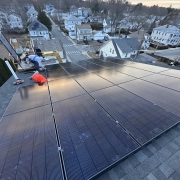
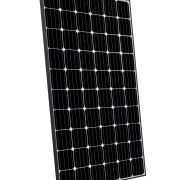
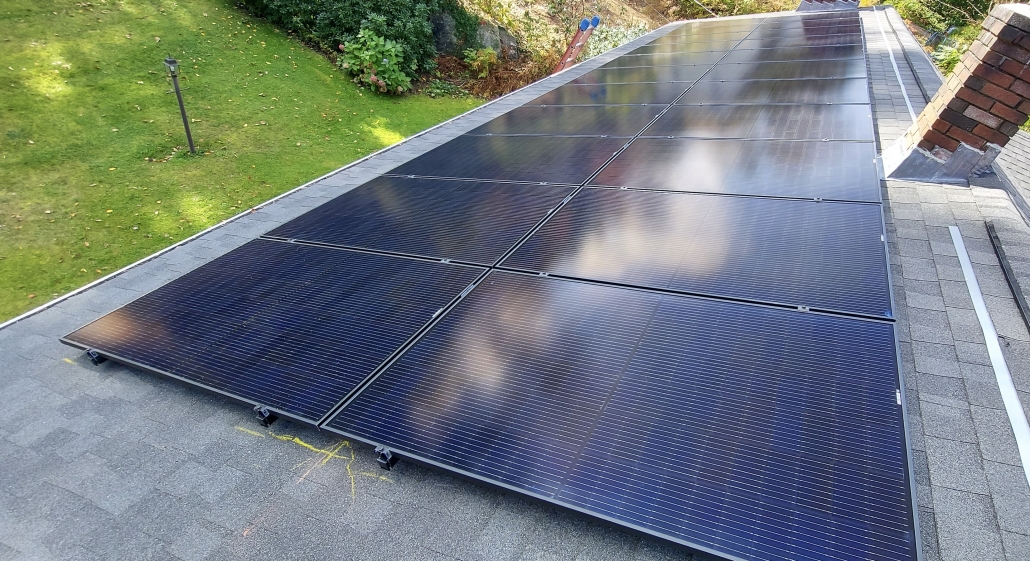
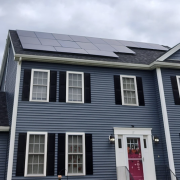
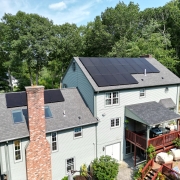
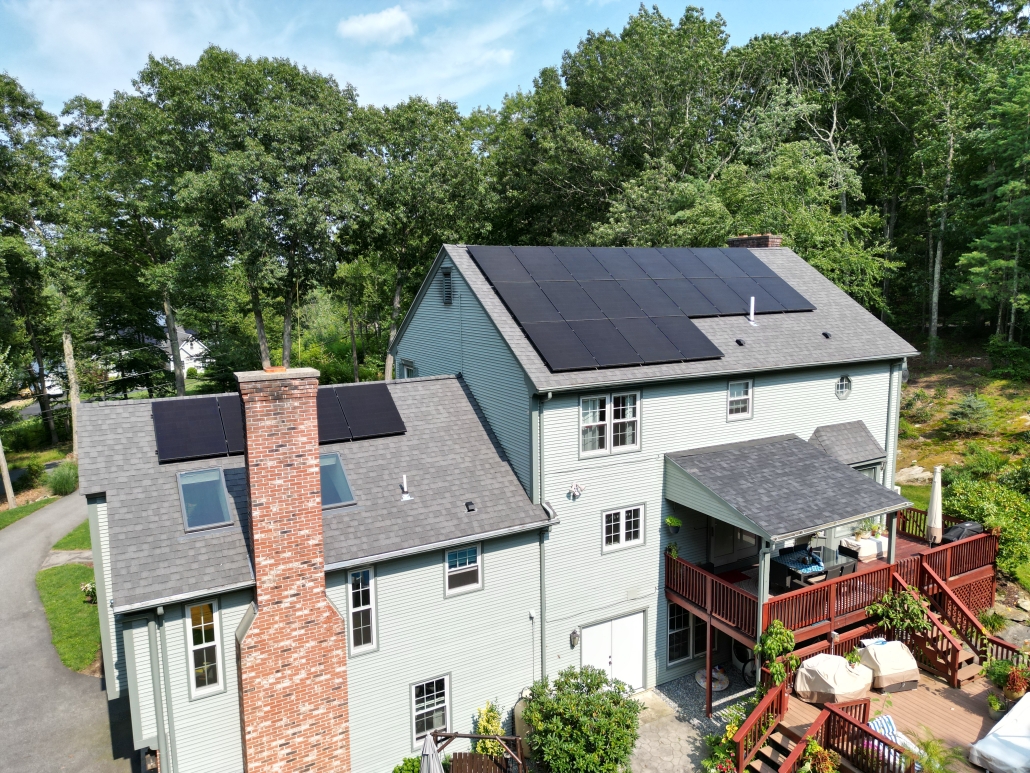 can help you make informed decisions tailored to your specific needs and circumstances.
can help you make informed decisions tailored to your specific needs and circumstances.









